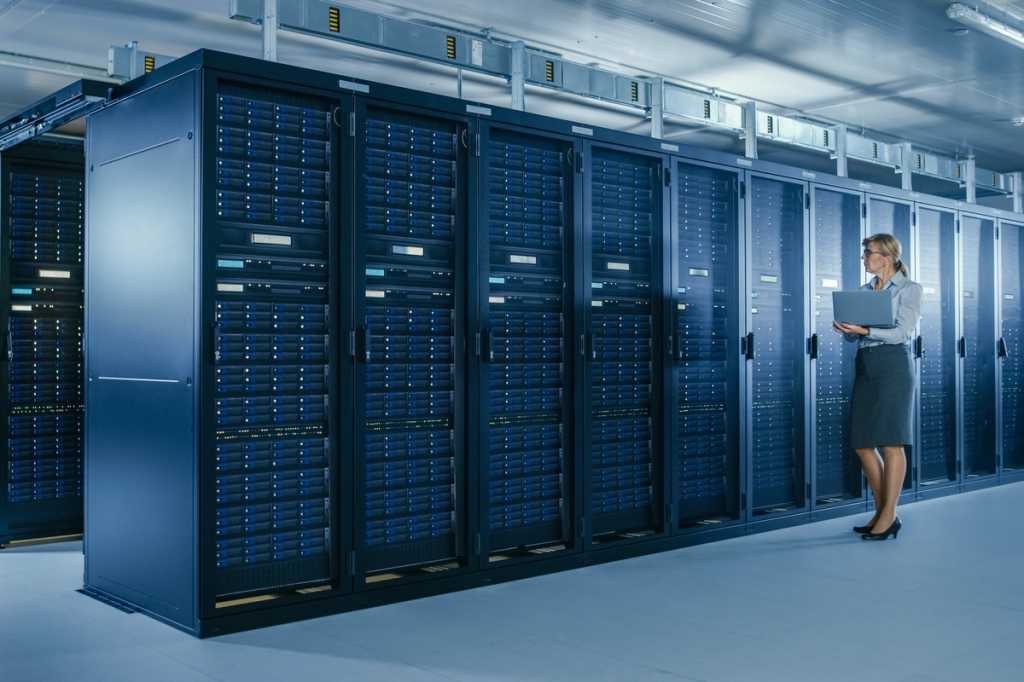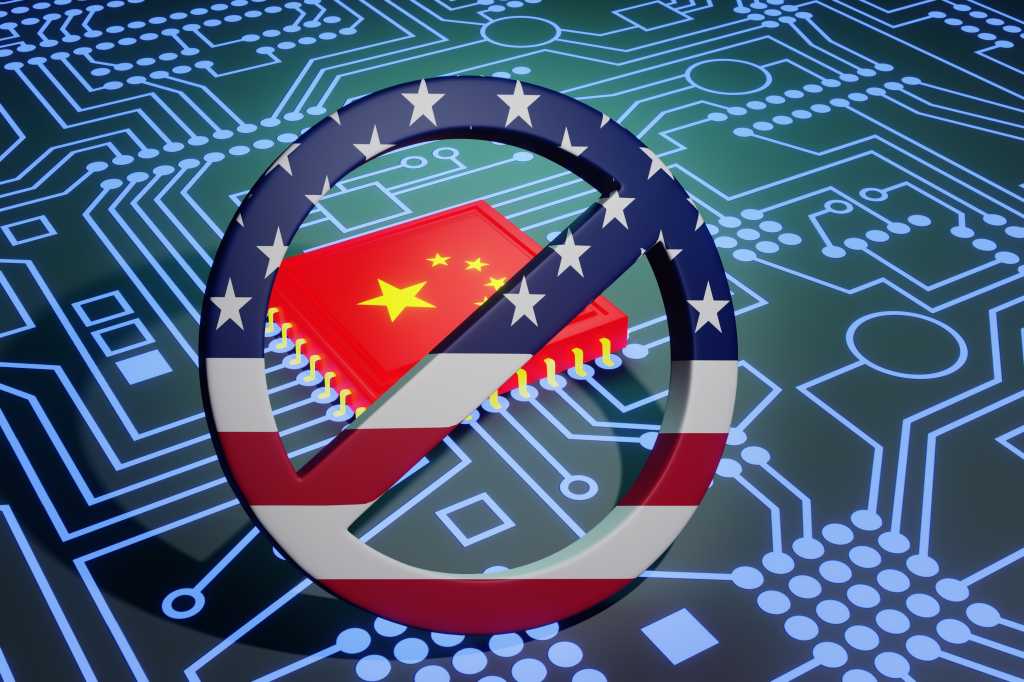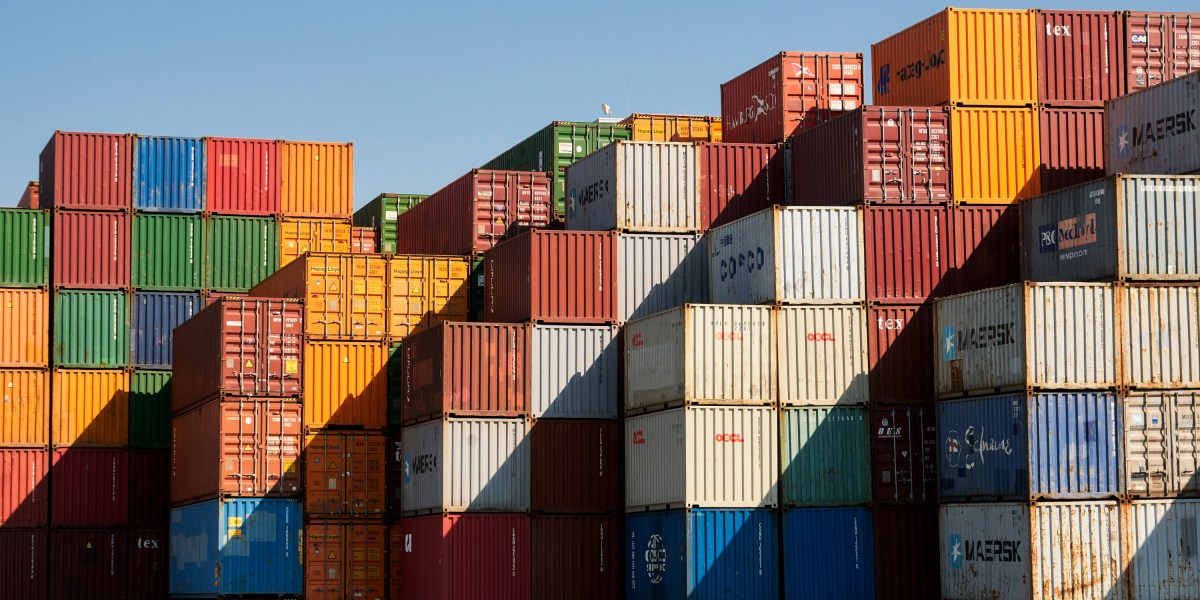
Russia’s transportation watchdog has ordered a 90-day halt to oil-loading operations at berth 8 of the Black Sea port of Novorossiysk, according to state infrastructure operator Transneft PJSC.
The order came as security checks at the port identified some violations, Transneft, which controls the loading facilities, said in a statement on Wednesday. Tanker tracking by Bloomberg suggests that there will be no impact on crude oil flows and minimal impact on fuel flows from the step.
The oil terminal has until June 30 to rectify the violations.
The Novorossiysk port is a key export route for Russian crude oil and petroleum products and any significant disruptions to loadings may affect the nation’s production flows. However, last month, 23 crude tankers loaded there to carry Russian barrels abroad. All of them loaded at berths 1, 1a or 2, according to vessel tracking data compiled by Bloomberg and shipping industry data.
The other oil berths in Novorossiysk are used for loading petroleum products, the data show. Since late February, no product tankers moored at berth 8 either, which suggests the facility isn’t used often.
The suspension order comes just days after the transportation watchdog halted loadings at two moorings of the Caspian Pipeline Consortium located nearby. The authority identified security breaches there and ordered an indefinite halt until the violations are rectified. The order has left the CPC infrastructure with just one operational mooring.
As the CPC link is the single-largest export route for Kazakh crude, initially expected to load about 1.5 million barrels a day in April, the halt has more of an impact for Kazakhstan. With no options for rerouting all the barrels, the nation may need to cut oil production just as the Organization of Petroleum Exporting Countries nudges it to meet the production quota.
Apart from the Novorossiysk facilities, Russia’s transportation authority have also run security checks at the regional ports of Tuapse and Taman on President Vladimir Putin’s orders, after a massive oil spill in Black Sea last December.
What do you think? We’d love to hear from you, join the conversation on the
Rigzone Energy Network.
The Rigzone Energy Network is a new social experience created for you and all energy professionals to Speak Up about our industry, share knowledge, connect with peers and industry insiders and engage in a professional community that will empower your career in energy.
MORE FROM THIS AUTHOR
Bloomberg



















